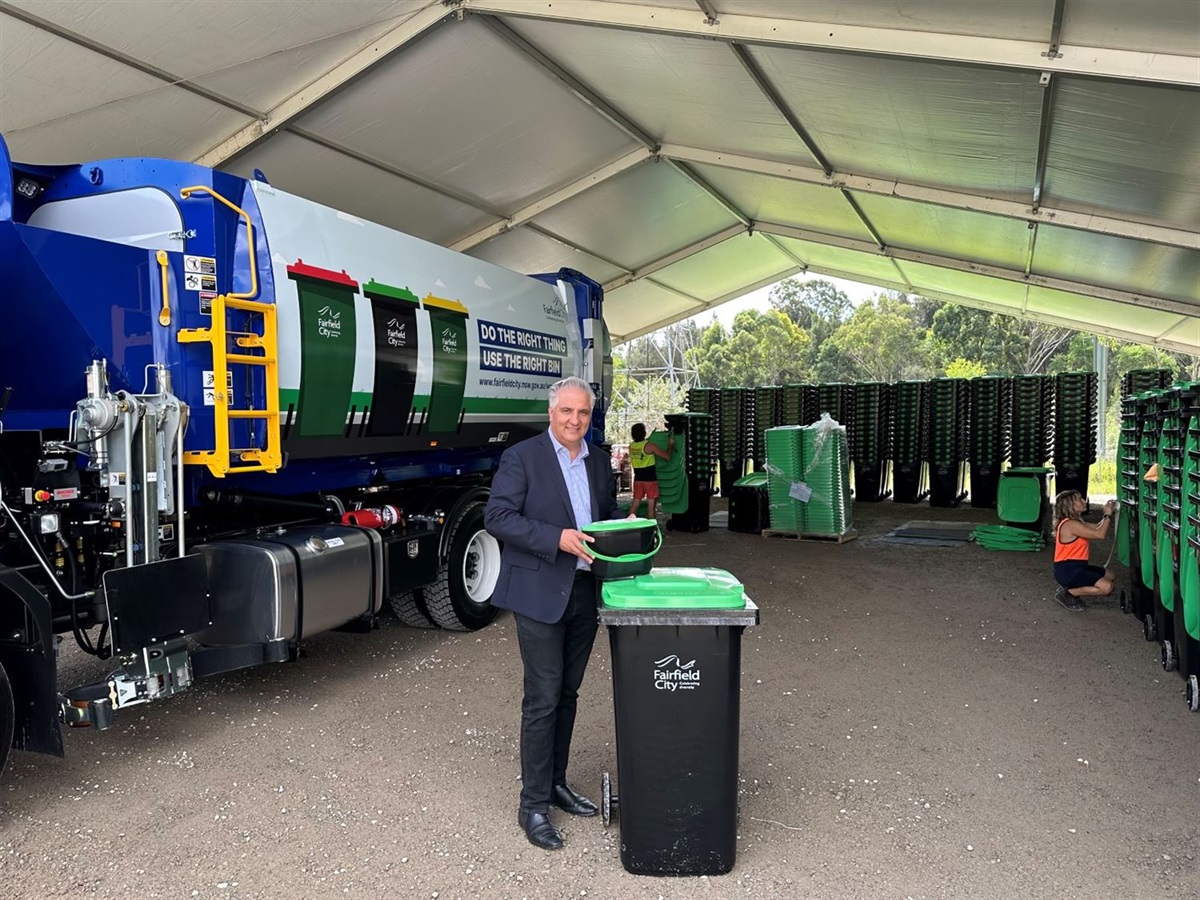Family history of successful careers in the Air Force and interest in innovative concepts motivated Flying Officer (FLGOFF) Josh Vicino to become an avionics design engineer through the Undergraduate Sponsorship Scheme in 2015.
While on the scheme at university, he came across the Aerospace Systems Engineering Squadron – now Air Warfare Engineering Squadron (AWESQN) – while researching Air Force engineering units.
“I read about the types of projects they were developing and thought it was really interesting work,” FLGOFF Vicino said.
“The idea of doing nonstandard modifications for flight tests was really appealing.”
“Everything we do at AWESQN is innovative in some way because no one has previously measured the parameters we are looking for, so we have to create new solutions for platforms like KC-30A, C-27J, PC-21, F/A-18 and the ARH Tiger.
“These solutions are often integrated with coalition and defence industry partners such as the US Air Force (USAF), Boeing Defence Australia and Pilatus, resulting in highly effective teams and mutually beneficial outcomes.
“I work on formulating a task with the customer, figuring out what exactly they want and how AWESQN will meet their needs.”
FLGOFF Vicino thrives on the idea that human engagement underpins everything we do.
“This could be anything from working with people internally to come up with concepts and assess risk levels to liaising with external organisations, and talking them through how our non-standard flight test equipment will improve their aircraft,” he said.
“I work alongside some very capable technical people.
“They look after the engineering details and technical innovation while I focus on the communication aspect to help achieve positive outcomes for the customer and Defence.”
FLGOFF Vicino’s role spans beyond traditional engineering to designing systems for flight test instrumentation.
He helped to develop a power supply and calibration procedure for the KC-30A refuelling boom strain gauge instrumentation system.
“This involved verifying power drawn from the data acquisition unit and testing the electromagnetic characteristics of the new power supply,” he said.
“We then had to make sure there was a clear and easy way of calibrating the system given it was going to be used on an ongoing basis.”
The boom strain gauge instrumentation system was developed in support of flight test activities that allow USAF aircraft to refuel with the RAAF KC-30A.
The instrumentation enables flight test aircrew to accurately measure how much force is applied to the boom when receiver aircraft connects and disconnects from the boom.
The instrumentation continues to be used for KC-30A receiver trials, along with a video splitter modification that gives aircrew a feed of the video cameras located at the rear of the aircraft.
FLGOFF Vicino enjoys working in capability development and bringing new systems into service, “not just from an engineering point of view but from a strategy, international relations and policy point of view.”
/Public Release. View in full here.








